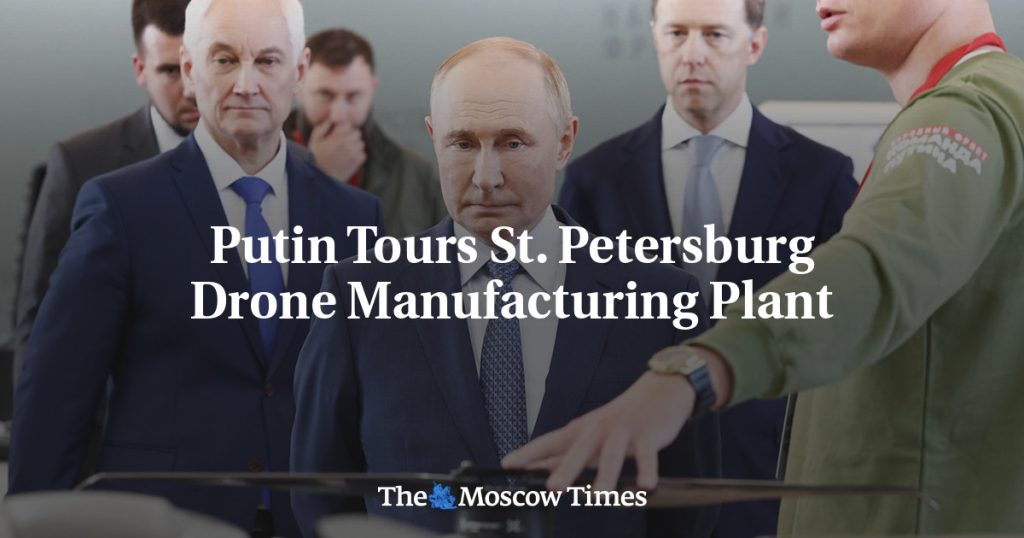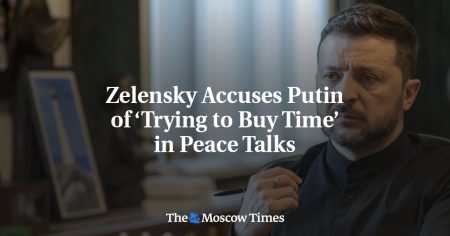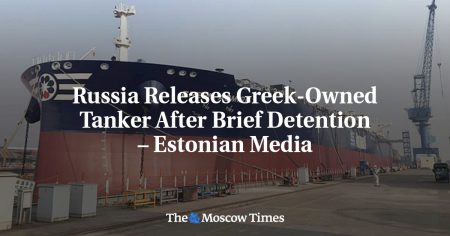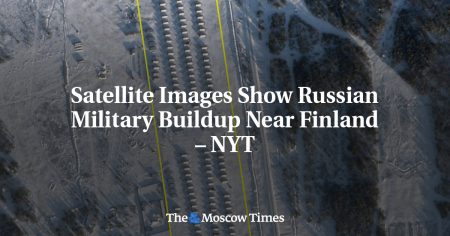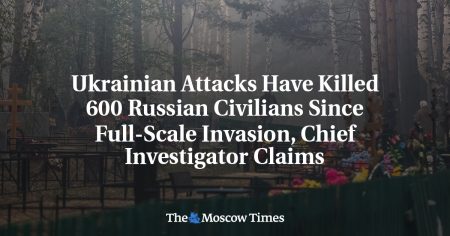President Vladimir Putin recently visited a drone manufacturing facility in St. Petersburg, where reconnaissance aircraft for the Russian military are produced to be used in Ukraine. The facility, known as the Special Technological Center, specializes in producing unmanned aerial vehicles, electronic warfare systems, and communication equipment. Established in 2001, the center oversees the full production cycle of these technologies, from development to serial production, as well as maintenance and repairs. One of the key products of the facility is the Orlan family of reconnaissance drones, which have played a significant role in Russian military operations in Ukraine. Former Defense Minister Sergei Shoigu noted that the supply of Orlan drones had increased 53-fold since Russia’s full-scale invasion of Ukraine.
During his visit to the manufacturing plant, Putin was shown various military technologies, including robotic systems, tracked platforms, kamikaze drones, and barrage ammunition. In a subsequent video conference, Putin revealed that the Russian army had received 140,000 drones the previous year and plans to increase supplies by tenfold in the coming year. This focus on enhancing Russia’s drone capabilities suggests a strategic shift towards using unmanned aerial vehicles in military operations. The Kremlin’s investment in drone technology reflects a broader trend of modernizing Russia’s military capabilities and adapting to the changing landscape of warfare.
The visit to the drone manufacturing facility underscores Russia’s commitment to strengthening its military capabilities and maintaining a technological edge in conflicts such as the ongoing situation in Ukraine. Putin’s presence at the Special Technological Center, alongside other senior officials from the Kremlin and the Defense Ministry, highlights the importance of drone technology in Russia’s military strategy. The increased production and deployment of drones by the Russian military indicate a shift towards unmanned warfare and a reliance on advanced technology for reconnaissance and combat operations. This development aligns with global trends in military modernization and the growing significance of unmanned aerial vehicles in contemporary conflicts.
The Kremlin’s emphasis on drone production and innovation also indicates a recognition of the strategic value of unmanned aerial vehicles in modern warfare. Drones have been increasingly utilized by military forces around the world for reconnaissance, surveillance, and targeted strikes, enhancing operational efficiency and minimizing risks to personnel. By investing in drone technology and increasing the production of these aircraft, Russia aims to leverage the advantages of unmanned systems in its military operations. The proliferation of drones in the Russian military arsenal signals a shift towards integrating advanced technology into traditional military tactics, reflecting a broader trend of modernization and adaptation in the face of evolving security challenges.
The geopolitical context of Russia’s drone manufacturing and deployment cannot be overlooked, especially in the context of ongoing conflicts and tensions in regions such as Ukraine. The use of unmanned aerial vehicles in military operations has raised concerns about escalation and the potential for unmanned warfare to intensify conflicts. Russia’s increased investment in drone technology could impact the dynamics of regional security and contribute to the evolving landscape of modern warfare. As drones become more prevalent in military arsenals worldwide, the strategic implications of their use in conflicts like the one in Ukraine highlight the complex intersection of technology, security, and geopolitical interests.
In conclusion, President Vladimir Putin’s visit to the drone manufacturing facility in St. Petersburg underscores Russia’s commitment to enhancing its military capabilities through the production and deployment of unmanned aerial vehicles. The focus on drone technology reflects a broader trend of modernization and adaptation in response to evolving security challenges and changing dynamics of warfare. As Russia increases its drone production and integration into military operations, the strategic implications of unmanned aerial vehicles in conflicts like Ukraine come into sharper focus, highlighting the complexities of modern warfare in the era of advanced technology and global security threats.









